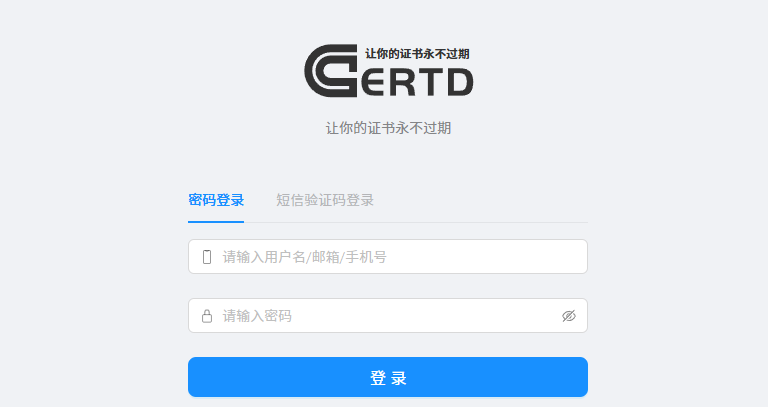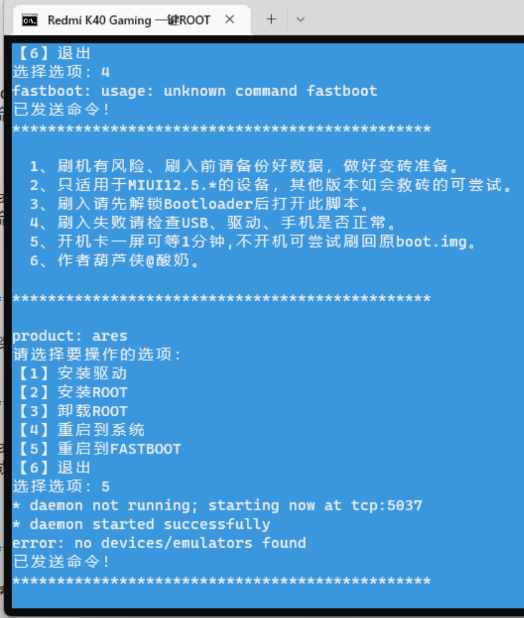
问题:
新购的阿里云服务器,安装了ftp、redis、nginx、mysql、dotnet,开始还没有问题,程序都传上去了,不知道为啥突然就连接不上,提示的是530 Login incorrect.
(推荐教程:centos使用教程)
解决方法如下:
1、执行如下命令打开/etc/pam.d/vsftpd文件
cat /etc/pam.d/vsftpd
2、注释如图所示内容即可。

相关视频教程推荐:centos使用教程
© 版权声明
文章版权归作者所有,未经允许请勿转载。
THE END
喜欢就支持一下吧
相关推荐
















